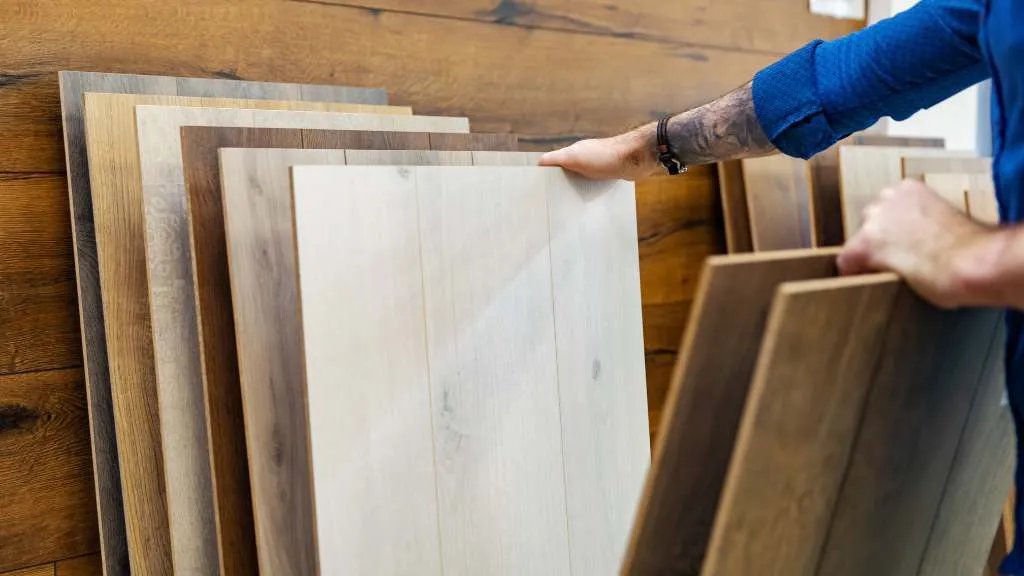
Choosing the right flooring for your home is a crucial decision that can significantly impact the look, feel, and functionality of your space. With so many options available, from hardwood to tiles, it can be overwhelming to decide which flooring type best suits your needs. This guide will help you understand how to choose flooring that complements your home’s style, meets your durability requirements, and fits within your budget.
Understanding Your Needs
Before diving into the various flooring options, it’s essential to understand how to choose flooring that suits the specific needs of each room in your home. Consider factors such as foot traffic, exposure to moisture, and the room’s overall purpose. For instance, the best type of flooring for a kitchen might differ significantly from what you’d choose for a bedroom or living room. By clearly understanding your needs, you’ll be better equipped to narrow down the best flooring choices and make an informed decision on how to choose flooring that aligns perfectly with your lifestyle and home environment.
- Foot Traffic: High-traffic areas like the kitchen and living room need durable flooring like tile, hardwood, or laminate. Low-traffic areas, such as bedrooms, can have softer options like carpet.
- Moisture Exposure: For bathrooms and kitchens, choose water-resistant options like tiles or vinyl. In dry areas, you can opt for hardwood, carpet, or laminate.
- Room Purpose: Kitchens require easy-to-clean flooring like tile or vinyl. Living rooms can mix comfort and style with hardwood or carpet, while bedrooms often favour soft, cozy options.
- Climate Considerations: In cold climates, go for insulating materials like carpet. In warm areas, choose cool flooring like tile.
- Maintenance: If you prefer low maintenance, choose laminate, vinyl, or tile. For long-term investment, hardwood or high-quality tile can add lasting value.
By assessing these factors, you can make the best flooring choices that suit your home’s needs and your style.
Exploring the 5 Best Flooring Choices for Your Home
1. Hardwood Flooring
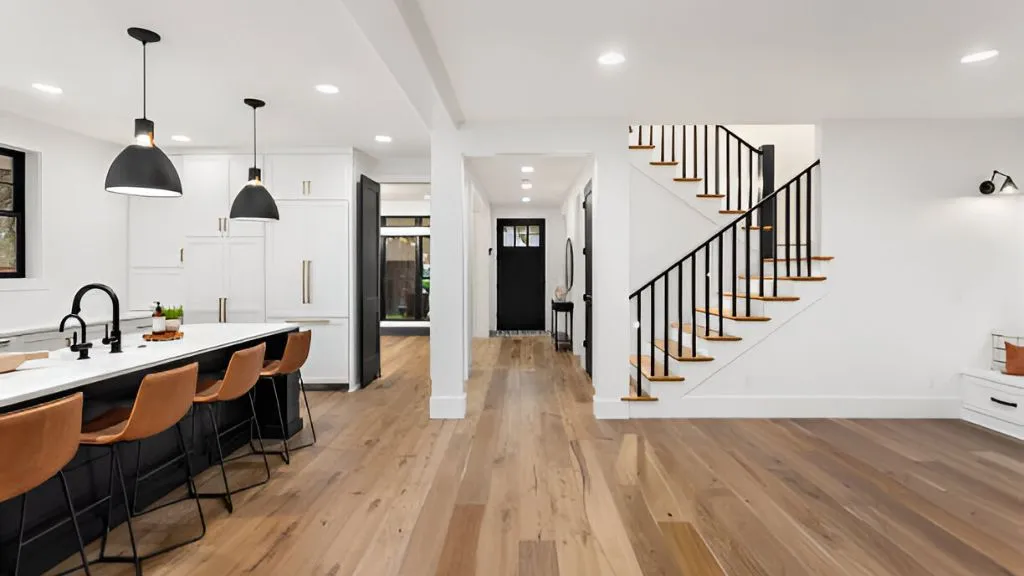
Hardwood flooring is renowned for its classic beauty and durability, often considered the best type of flooring for adding elegance and warmth to living areas, dining rooms, and bedrooms. With proper maintenance, these floors can last for decades, and their ability to be sanded and refinished allows them to maintain their appearance even after years of use. However, hardwood may not be the best type of flooring for high-moisture areas like bathrooms or basements due to its susceptibility to water damage. Regular cleaning and occasional refinishing are key to preserving its timeless appeal.
2. Tile Flooring
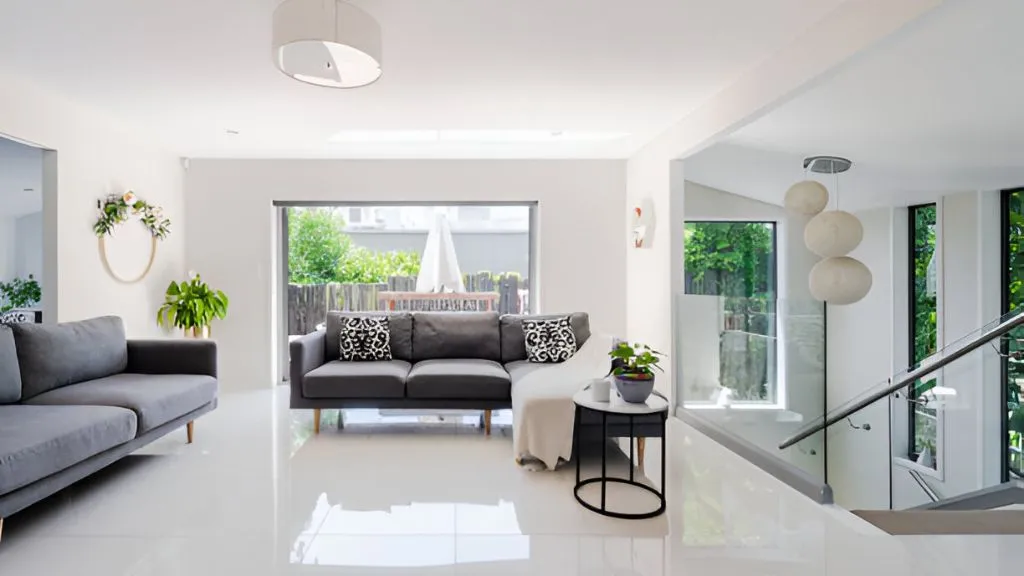
Tile flooring is available in a range of materials such as ceramic, porcelain, and natural stone, each providing unique advantages. Ceramic and porcelain tiles are water-resistant and durable, making them some of the best flooring choices for kitchens and bathrooms where moisture is a concern. Natural stone tiles, such as granite or marble, provide a luxurious look but may require additional maintenance to prevent staining. Tiles are also highly durable, resistant to scratches, and easy to clean, making them suitable for high-traffic areas. However, they can feel cold to the touch, so adding rugs or incorporating underfloor heating can make them more comfortable.
3. Laminate Flooring
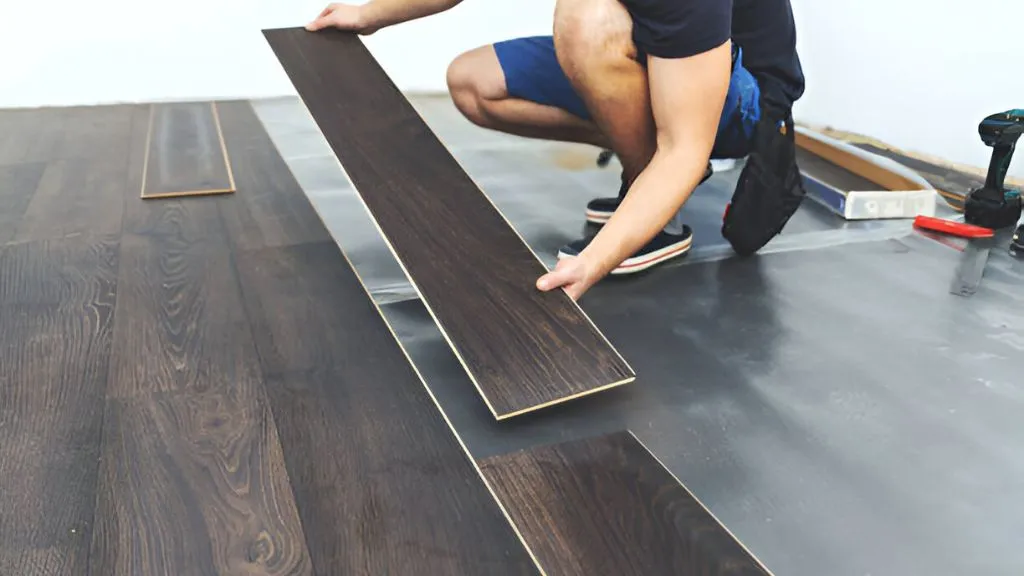
Laminate flooring is a cost-effective alternative to hardwood that mimics the appearance of natural wood or stone. Constructed from several layers, including a photographic layer that replicates wood grain or stone patterns, laminate provides an attractive look at a lower cost. It boasts excellent resistance to scratches, dents, and fading, making it an ideal option for households with pets or children. Moreover, laminate is quite simple to install, typically using a click-lock mechanism that eliminates the need for glue or nails. While not as water-resistant as vinyl or tile, laminate performs well in moderate moisture areas and is easy to clean. When learning how to choose flooring, laminate is a smart option if you’re looking for style and durability on a budget.
4. Vinyl Flooring
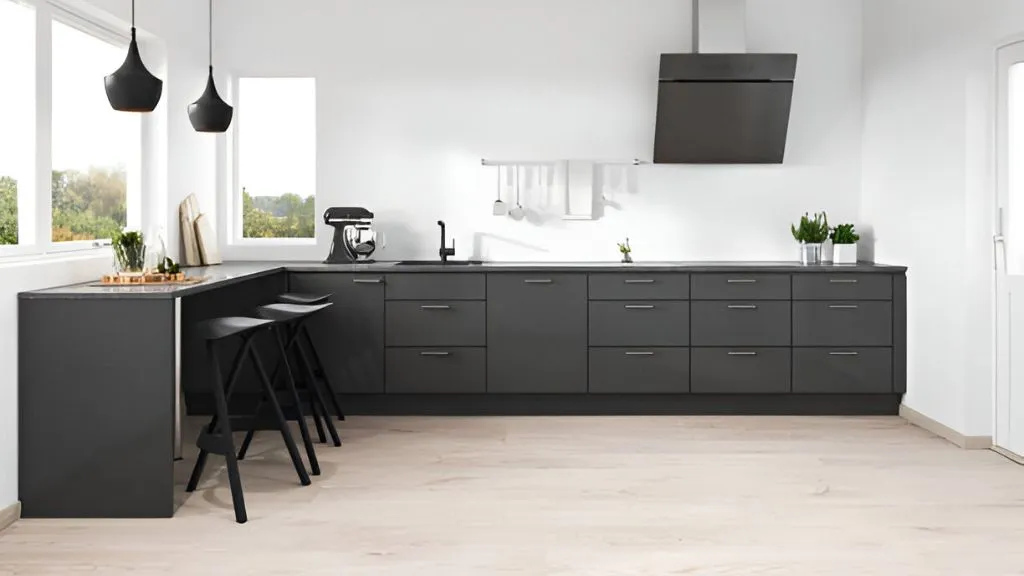
Vinyl flooring offers versatility and durability at an affordable price. It is available in sheets, tiles, or planks and can replicate the look of wood, stone, or ceramic. Vinyl is highly water-resistant, making it one of the best flooring choices for bathrooms, kitchens, and laundry rooms. It is also cushioned underfoot, providing comfort and reducing noise. Vinyl floors are easy to install and maintain, and they can handle heavy foot traffic without showing wear. Some vinyl options come with an added wear layer for enhanced durability and easier cleaning.
5. Carpet Flooring
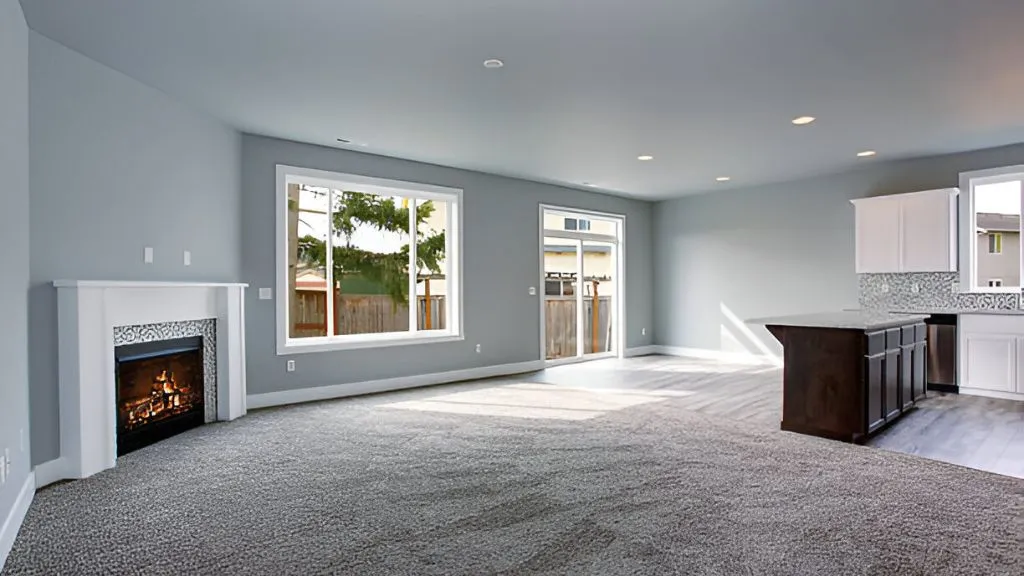
Carpet flooring provides a soft and cozy feel underfoot, making it a great option for bedrooms, living rooms, and home offices. It acts as an insulator, helping to keep your home warm in colder months and reducing noise between rooms. Carpets come in various textures and styles, including plush, Berber, and frieze. However, carpet can trap dust, allergens, and pet hair, making it less ideal for allergy sufferers. Regular vacuuming and periodic professional cleaning are essential to maintain its appearance and hygiene. Carpet is also less durable than other flooring types and may wear out more quickly in high-traffic areas.
Matching Flooring with Your Lifestyle
When figuring out how to choose flooring, it’s crucial to align your choice with your lifestyle. Here are some key points to consider:
- High Traffic Areas: When considering how to choose flooring for high-traffic areas, durability is essential. For homes with a lot of foot traffic, especially with kids or pets, tile, laminate, and vinyl are among the best flooring choices. These materials are resistant to scratches, dents, and wear, and are also easy to clean, making them perfect for busy households.
- Low Maintenance Needs: If you prefer a low-maintenance flooring option, vinyl and laminate are excellent choices. Both require minimal upkeep, resist stains, and can handle the daily challenges of an active home, making them ideal for those who want a hassle-free solution.
- Pet-Friendly Options: For pet owners, choosing flooring that can withstand claws and the occasional accident is crucial. Tile and laminate are both durable and water-resistant, making them some of the best type of flooring for homes with pets. These options help keep your floors looking great even with furry friends around.
- Creating a Luxurious Ambiance: If you’re aiming to create a cozy, luxurious, or traditional atmosphere, hardwood and carpet are the best flooring choices. Hardwood adds timeless elegance and warmth, enhancing your home’s value, while carpet provides comfort underfoot and excellent insulation, making it ideal for bedrooms and living areas.
- Budget Considerations: When on a budget, laminate and vinyl offer affordable alternatives that mimic the look of more expensive materials like hardwood or stone. These options allow you to achieve style without the hefty price tag, making them smart choices for those mindful of costs.
By carefully considering your lifestyle and the demands of each room, you can make an informed decision and select the flooring that best suits your needs and preferences.
Budget Considerations
When it comes to choosing flooring, your budget is a crucial factor to consider, but it doesn’t have to be a limiting one. Let’s break it down:
- High-End Options: If you have a bit more flexibility in your budget, you might lean towards luxurious options like hardwood or natural stone tiles. These materials add elegance and value to your home but keep in mind that they come with a higher upfront cost. It’s an investment that can pay off in the long run, especially if you’re planning to stay in your home for many years.
Suggestion: If you’re set on hardwood but concerned about the price, consider using it in high-visibility areas like the living room and opting for more affordable materials elsewhere. - Budget-Friendly Alternatives: On the other hand, if you’re looking to stretch your budget, laminate and vinyl are excellent choices. These materials have come a long way in mimicking the look of wood or stone, giving you style without the hefty price tag. Plus, they’re often easier to maintain, which can save you money in the long run.
Suggestion: Laminate and vinyl are great for high-traffic areas or homes with kids and pets. They offer durability without breaking the bank. - Balance Costs: Don’t just think about the initial purchase price. Factor in the long-term costs of maintenance, repair, and even the lifespan of the flooring. Sometimes, spending a little more upfront can save you money down the road.
Suggestion: It’s all about balance. If you’re on a tight budget, consider mixing materials—splurge on more expensive flooring in key areas and use cost-effective options elsewhere.
Remember, choosing flooring is a big decision, but with the right approach, you can find something that fits both your style and your budget.
Conclusion
Choosing the right flooring for your home is more than just a design decision; it’s about blending style, durability, and budget to fit your unique needs. When learning how to choose flooring, exploring all the best flooring choices is crucial to finding what aligns with your lifestyle. Whether you’re looking for the best type of flooring for high-traffic areas, pets, or a touch of luxury, making an informed decision ensures your floors will not only enhance the beauty of your space but also stand the test of time. With the right approach, you’ll find a flooring solution that perfectly complements your home and adds lasting value.
FAQs
1. Which floor is best for a house?
2. Which is the best flooring as per Vastu?
3. What are the points to consider when choosing flooring?
1. Durability: How well the flooring withstands wear and tear, especially in high-traffic areas.
2. Maintenance: Ease of cleaning and upkeep requirements.
3. Moisture Resistance: Suitability for areas prone to moisture, like kitchens or bathrooms.
4. Aesthetic Appeal: How the flooring complements your home’s interior design.
5. Budget: Balance between initial cost and long-term value.






